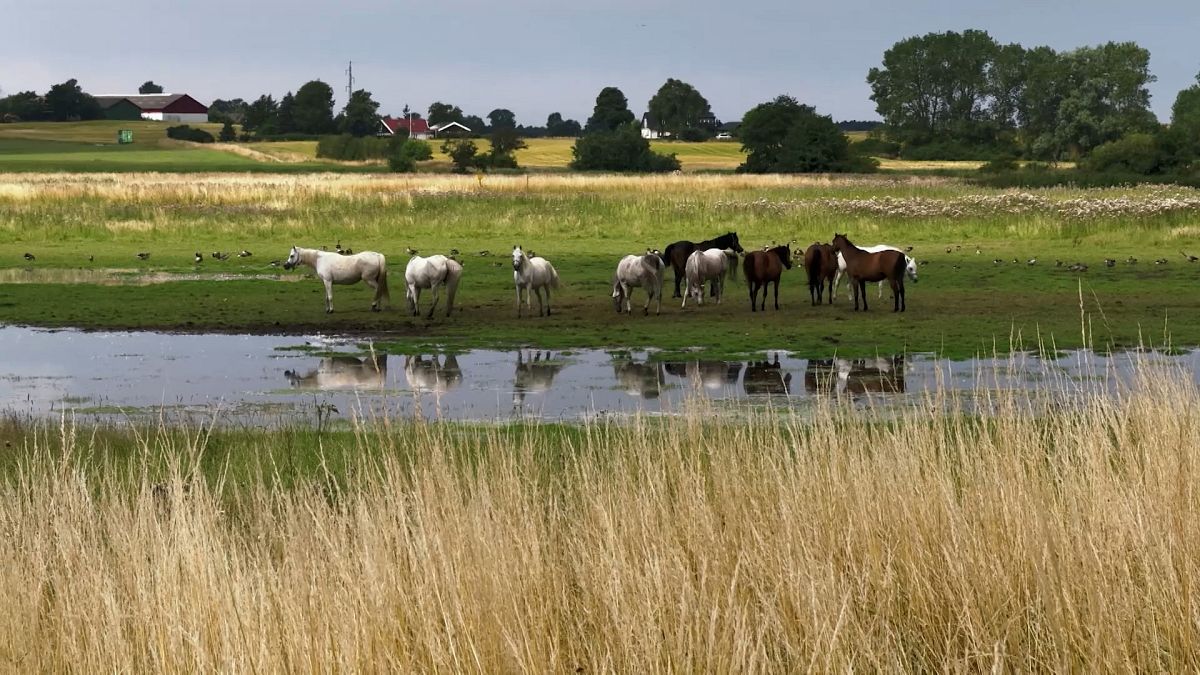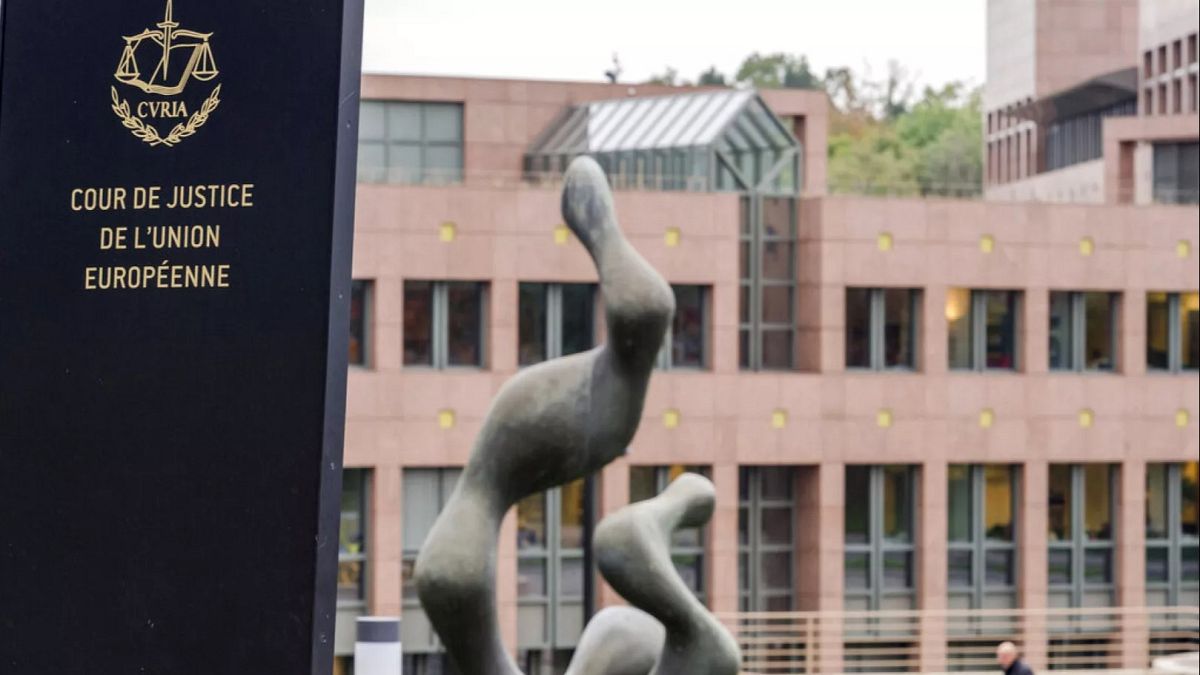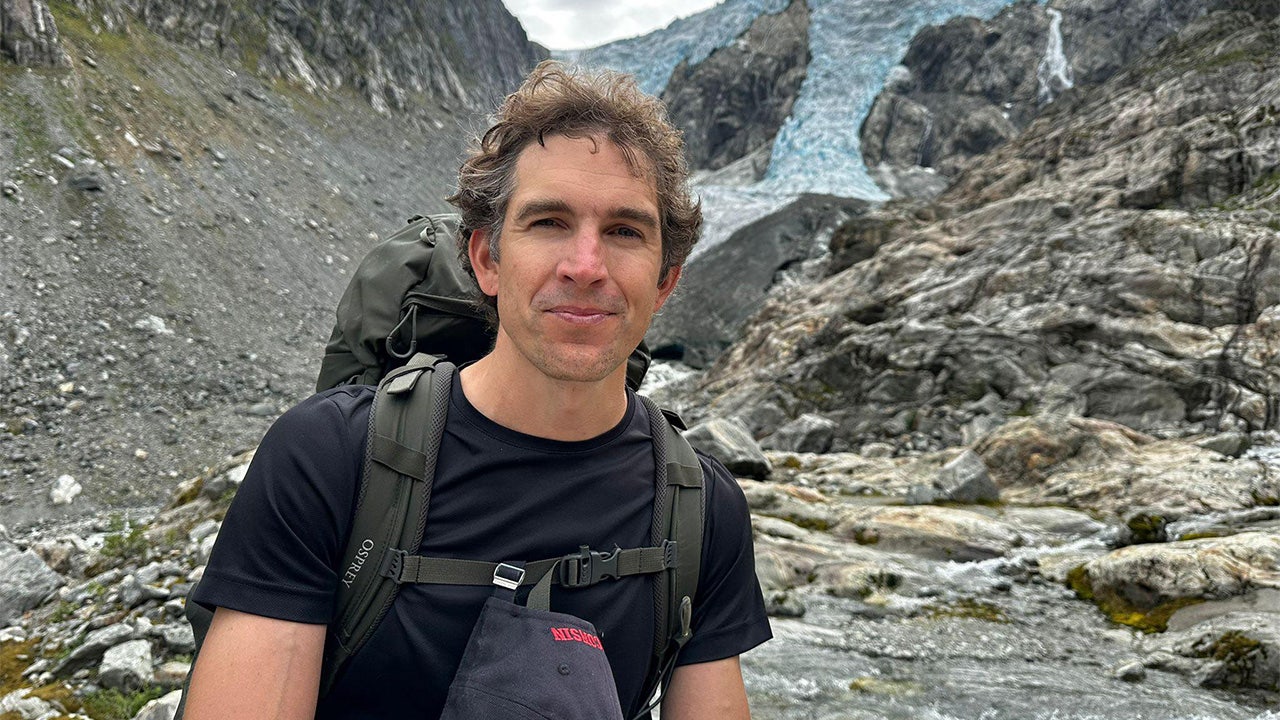ADVERTISEMENT
Europe’s ecosystems should be functioning again by 2050. The EU’s renaturation regulation requires the rewetting of some agricultural areas. Restoring moors is good for climate protection and biodiversity, because living moors serve as carbon sinks. For comparison: Forests cover one third of our planet’s land surface, moors three per cent. And yet moors bind twice as much carbon as all the forests on earth! However, when moors are drained, the millennia-old carbon reservoirs are transformed into CO2 emitters.
In order to curb greenhouse gas emissions, the EU is promoting the research, mapping and renaturation of wetlands. The EU law on renaturation stipulates that 30 per cent of drained moors must be “repaired” by the end of this decade, a quarter of which will be rewetted. By 2050, half of the damaged moors are expected to be “healed” – a third of them through rewetting. Farmers receive money or compensation land. The Member States are responsible for implementing the renaturation regulation. The first plans should be available next year.
A huge shallow water lake is being created north of Copenhagen. Over 200 years ago, small ditches drained the area. The draining caused the water level to drop by seven metres. This releases climate-damaging carbon dioxide. To change this, a swamp lake is now being built.
Morton Elling works for the Danish Nature Agency: “The government has decided to reduce CO2 emissions from agriculture. That is why we are raising the groundwater level, as here in Søborg. The rewetting will reduce annual CO2 emissions by 8,000 tonnes. Last year we started filling in the drainage ditches, and small ponds are forming with a great variety of wildlife.”
Søborg Sø is the name of the 600-hectare project. 63 landowners had to be convinced. Some have farmed the land for generations. Horse owner Sally Schlichting sold part of her land: “It has to be voluntary, because if you tell farmers what to do, many will say no!”
The EU law on the renaturation and rewetting of agricultural land also incentivises farmers. The targets, on the other hand, are prescribed by law. The most urgent measures must be implemented by 2032.
At the European Environment Agency, based in Copenhagen, I have an appointment with an expert on wetlands, Yurena Lorenzo.
Euronews: “Why are wetlands and moors important?”
Lorenzo: “Over the course of the last millennium, we have lost 80 per cent of wetlands in Europe. And 50 per cent of the (remaining) moors in the EU have been damaged by drainage.”
Euronews: “Why is drainage a problem?”
Lorenzo: “If you take the water away from the moors, large amounts of carbon are released. Europe is the second largest emitter of greenhouse gases from drained moors in the world after Indonesia. That is alarming. So we need to channel the water back into the moors to combat climate change. For me, moors and wetlands are nature’s superheroes. They are home to 40 per cent of the world’s plant and animal diversity.”
Euronews: “The EU Restoration Regulation recently came into force. What happens now?”
Lorenzo: “The member states must adopt their restoration plans by 2027 at the latest.”
Euronews: “Are the objectives for renaturation and rewetting formulated in the EU regulation recommendations or binding targets?”
Lorenzo: “It is the very first time that we have a Europe-wide, legally binding law (in this area) with deadlines. These are quantifiable renaturalisation targets that are linked to a timeline.”
Read the full article here
















